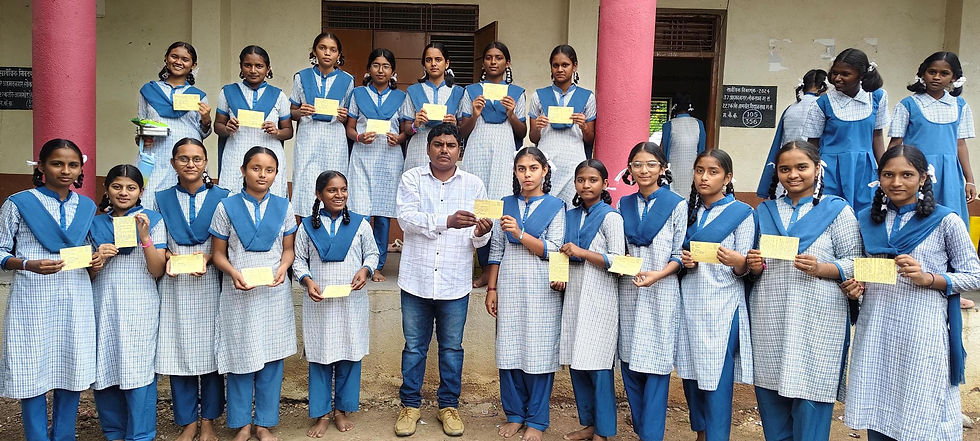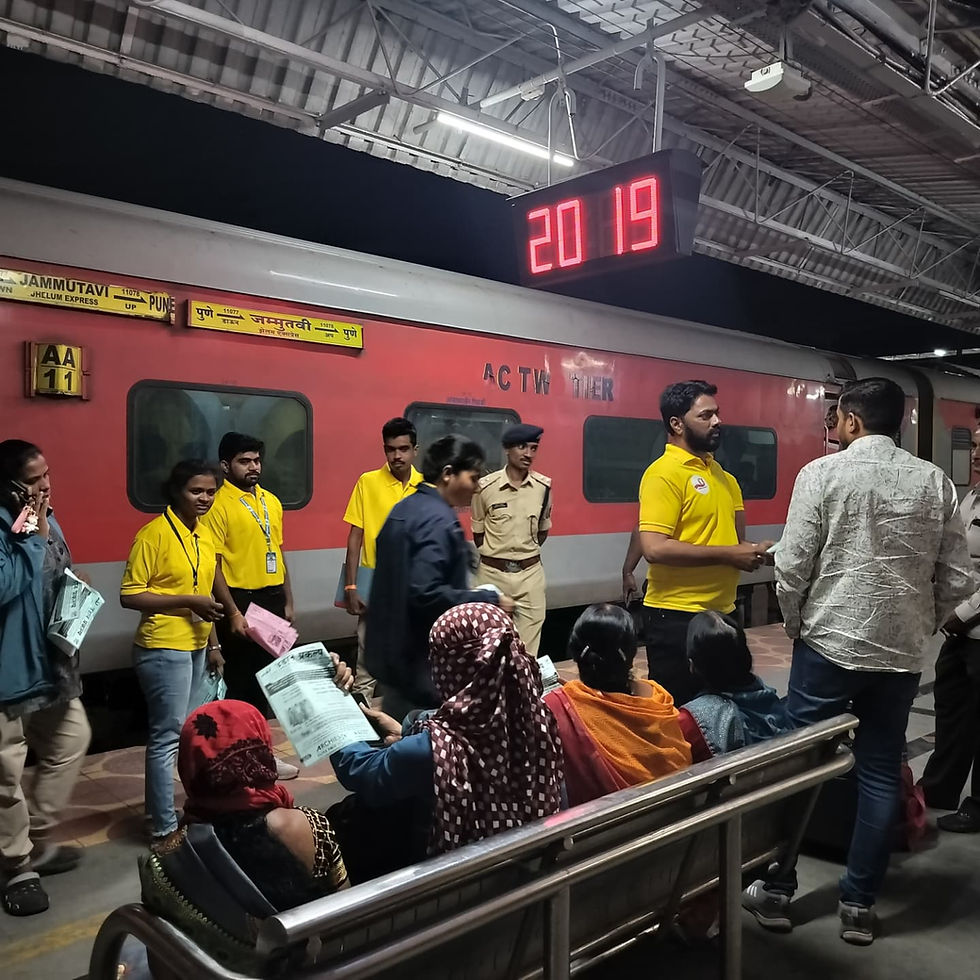Remembering Captain Rajabhau Kulkarni
- Snehalaya

- Oct 24, 2021
- 2 min read

We have chosen to do the Cycle Yatra this year as part of the 50th anniversary celebrations of Bangladeshi Independence. At the time of Partition and Indian independence 75 years ago, the area now known as Bangladesh became East Pakistan. In the 1971 mid-term elections of the Pakistan Parliament further divided East and West Pakistan based on linguistic and cultural identities. With the Awami League winning 60% of parliament seats, the center of power was set to move from Islamabad to Dhaka. The Pakistani Army was mobilized to East Pakistan instigating the Liberation War. Bangbandhu formed the Muktisena to fight with the Pakistani army and Indira Gandhi also sent in support and Bangladesh was soon liberated from Pakistan. Many Indian soldiers sacrificed their lives, including Captain Rajabhau Kulkarni, who tragically died heroically on the very last day of the war, 16 December 1971.
A son of Ahmednagar and the great-uncle of our Founder, Girish Kulkarni, Captain Kulkarni died in the Shiromani area of Bangladesh. In those days, the bodies of martyrs were not sent home, instead the last rites were carried out on the war field denying families the opportunity to pay their last respects.
Another motivation for our rally is that Captain Kulkarni, as well as being a son of Ahmednagar, is also our Founder, Girish’s, great uncle. Veerpatni Revatai Kulkarni was finally honoured by his family and Padmabhushan Anna Hazare, Bhaijee Dr S. M. Subbarao and Padmashri Popatrao Pawar at the inauguration of our Cycle Yatra at Ahmednagar Fort on 2 October. In another tribute, during his visit to Bangladesh, Girish was able to visit Rajabhau’s Veerabhoomi near Shiromani village, between Jaosre and Khulna. Here Bushan Deshmukh, who accompanied Girish describes the visit.
“When we reached there we enquired at a tea stall about the sawmill on the bank of Bhairav river near where Rajabhau was said to have been cremated. We then took a cycle rickshaw to the river which is wide with no bridge crossing. After speaking with the sand traders near the river, we realized that the sawmill was on the other side of the river. We crossed the river by boat to Barrackpore village and the sawmill where we learned that its owner had also fought in the Liberation War. Walking around the sawmill, we saw a Goddess temple and Homekunda with a cremation area which is most probably where the martyr Captain Rajabhau Kulkarni was cremated. We prayed with tears in our eyes before collecting some soil from the Veerbhoomi to bring to Ahmednagar.
“While returning from Bangladesh, we met a few Liberation War fighters at Khulna, Shiromani and Benapole. While remembering the war, they expressed gratitude towards Indira Gandhi and the Indian Army for their help, saying if India had not helped they would not have been liberated and their struggle would have continued. We were also shown the road in Shiromani where come of the worst war atrocities happened and the memorial where we honoured war heroes such as J. M. Mustafa, Bachchu Mulla, Mohamad Abu Sama, S. M. Rizwan on behalf of our cycle yatris.”




